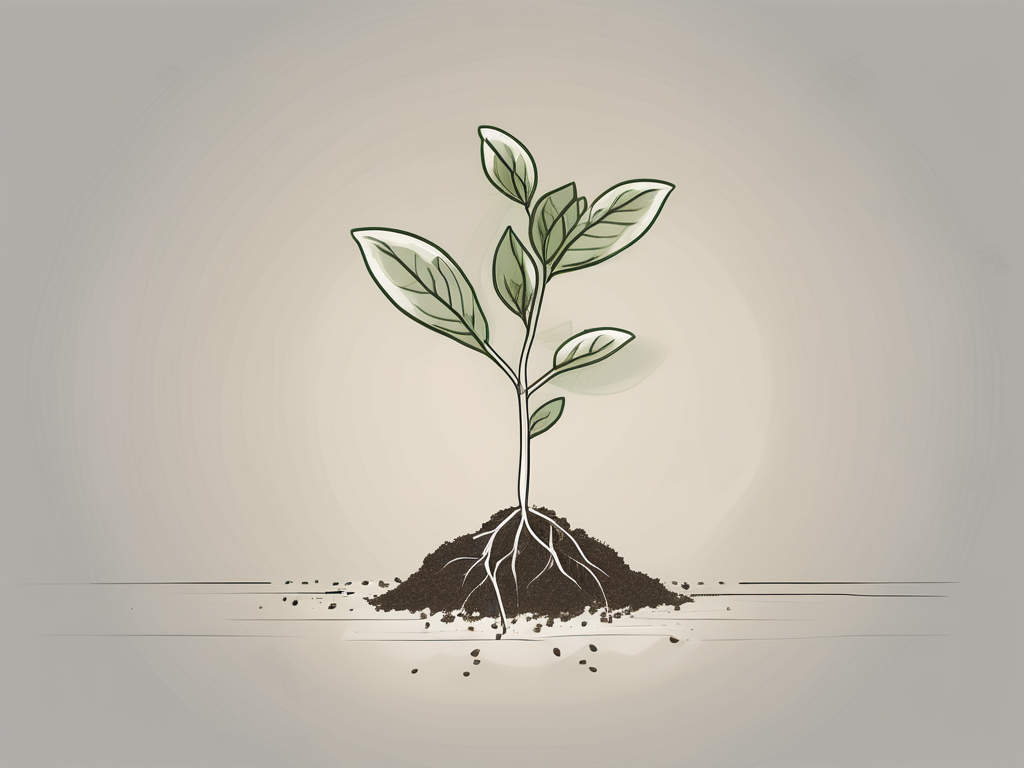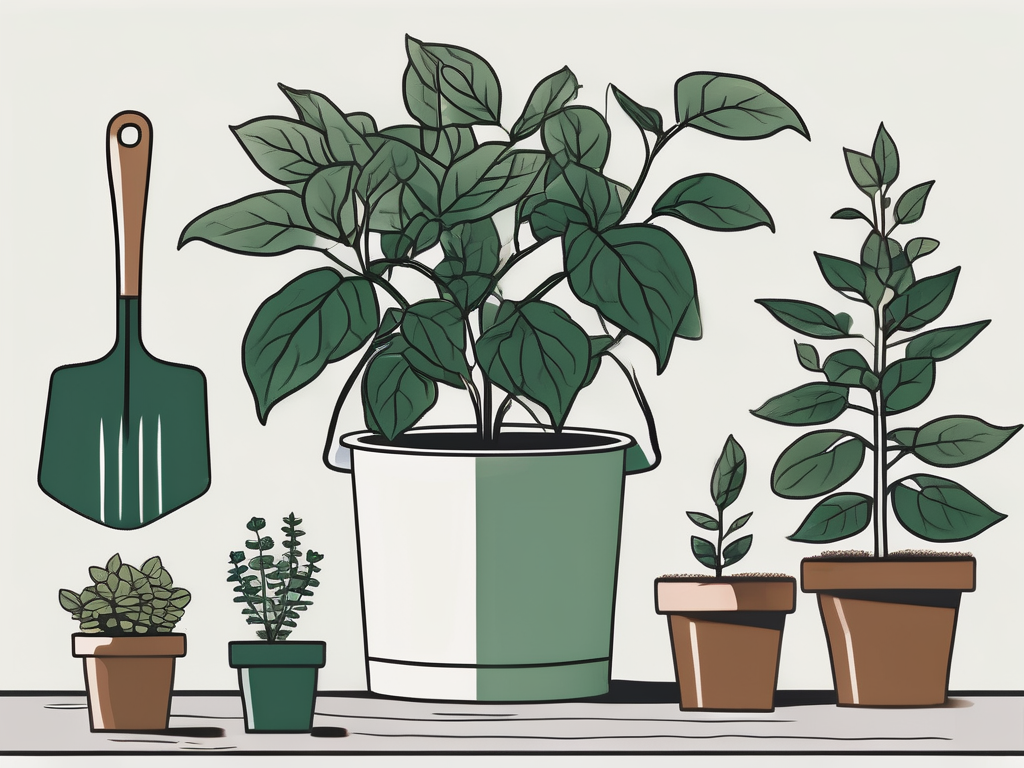
Aglaonema, also known as Chinese Evergreen, is a popular houseplant known for its striking foliage and easy-going nature. Whether you're a seasoned plant parent or just starting to grow your collection, learning how to propagate Aglaonema can be a rewarding experience. Not only does it allow you to multiply your plants, but it also offers a chance to share them with friends and family.
In this article, we'll explore the step-by-step process of propagating Aglaonema, from selecting the right cutting to nurturing your new plant until it's ready to thrive on its own. We'll cover everything you need to know, including tips and tricks to ensure success.
Choosing the Right Time for Propagation
Timing is everything when it comes to plant propagation, and Aglaonema is no exception. The best time to propagate Aglaonema is during the growing season, which typically runs from spring to early summer. During this period, the plant is actively growing and more likely to develop roots quickly.
Propagating during this time also minimizes stress on the mother plant. If you try to propagate during the dormant winter months, you might find that the cuttings take longer to root, or they may not root at all. So, mark your calendar for those spring months!
That said, if you notice your Aglaonema is growing vigorously at other times of the year, you might still succeed with propagation. Just keep in mind that results can vary, and patience might be required.
Gathering Your Supplies
Before you start snipping away at your plant, make sure you have all the necessary supplies on hand. Here's a quick checklist to get you started:
- Sharp, clean scissors or pruning shears: These are crucial to make clean cuts and prevent damage to the plant.
- Rooting hormone (optional): While not necessary, it can boost your chances of success by encouraging root development.
- Potting mix: A well-draining mix is key. You can use a standard houseplant soil mixed with perlite or sand for extra drainage.
- Pots or containers: Make sure they have drainage holes to prevent waterlogging.
- Plastic bag or clear plastic container: This will help create a humid environment for your cuttings.
Having these items ready will make the process smoother and more enjoyable. After all, there's nothing worse than realizing you need something in the middle of a project!
Selecting a Healthy Cutting
The health of the cutting you choose will greatly influence the success of your propagation. Look for a stem that is healthy and has several leaves. Ideally, it should be at least 4-6 inches long. Avoid stems that look weak, discolored, or show signs of disease.
When selecting your cutting, make sure to use clean, sharp scissors or pruning shears. This helps prevent any damage to the plant and reduce the risk of infection. Make your cut just below a node, which is where leaves and roots are most likely to grow.
Once you've made your cut, remove a few leaves from the bottom of the stem. This will give the new roots space to grow without the risk of rot from submerged leaves.
Preparing the Cutting for Planting
After you've selected and cut your stem, it's time to prepare it for planting. If you have rooting hormone, dip the cut end of the stem into the powder or gel. While this step is optional, it can help speed up the rooting process.
Next, let the cutting dry for a few hours. This helps seal the cut end and reduces the risk of rot once it's in the soil. Think of it as giving the cutting a chance to form a protective shield before its big planting debut!
Once your cutting is ready, place it in a pot filled with your well-draining soil mix. Insert it deep enough so it stands upright, but be careful not to bury the leaves. Pat the soil gently around the cutting to secure it in place.
Creating the Ideal Growing Environment
Aglaonema cuttings thrive in a warm, humid environment. To create this, cover the pot with a plastic bag or place it inside a clear plastic container. This will help retain moisture and provide the humidity the cutting needs to develop roots.
Place the covered pot in a warm location with bright, indirect light. Avoid direct sunlight, as this can scorch the cutting. A spot near a north or east-facing window often works well, or you can use a grow light if natural light is scarce.
Keep the soil consistently moist but not soggy. Overwatering can lead to rot, so it's better to err on the side of caution. If you notice condensation inside the plastic covering, it's a good sign that humidity levels are adequate.
Monitoring Root Development
Patience is key when waiting for your Aglaonema cutting to root. It can take anywhere from a few weeks to a couple of months for roots to develop. During this time, resist the temptation to tug on the cutting to check for roots, as this can damage any delicate new growth.
Instead, watch for new leaf growth, which is a good indicator that roots are forming. You can also gently lift the cutting to see if it feels more anchored in the soil, a sign that roots are establishing themselves.
If you're curious and can't resist checking, try using a clear plastic pot. This way, you can peek at the roots without disturbing the cutting. Just don't let curiosity get the better of you too often!
Transplanting Your Rooted Cutting
Once your cutting has developed a healthy root system, it's time to transplant it into its own pot. Choose a pot that is slightly larger than the current one to give the roots room to grow. Again, make sure it has drainage holes.
Fill the new pot with fresh, well-draining soil. Gently remove the cutting from its current pot, being careful not to damage the roots. Place it in the new pot and fill in around the roots with soil, patting it down lightly to secure the plant.
Water the newly potted Aglaonema thoroughly, allowing excess water to drain away. Place it back in a location with bright, indirect light and continue to care for it as you would a mature plant.
Caring for Your New Aglaonema
Your newly propagated Aglaonema will need some extra TLC as it adjusts to its new environment. Continue to keep the soil moist but not waterlogged, and provide bright, indirect light. Avoid fertilizing for the first few months, as the plant needs time to settle in before being pushed to grow.
Once your Aglaonema is established, you can start fertilizing with a balanced houseplant fertilizer during the growing season. Follow the instructions on the fertilizer package for best results.
Keep an eye out for any signs of stress, such as yellowing leaves or drooping, and adjust your care routine as needed. With a little attention and care, your Aglaonema will thrive and bring beauty to your home.
Troubleshooting Common Issues
Even with the best care, things don't always go as planned. Here are some common issues you might encounter and how to address them:
- Wilting or drooping: This can be a sign of over or under-watering. Check the soil moisture and adjust your watering schedule accordingly.
- Yellow leaves: This might indicate a nutrient deficiency. Consider fertilizing your plant, but be cautious not to overdo it.
- No root development: If your cutting isn't rooting, consider increasing humidity or moving it to a warmer location.
Remember, every plant is unique, and sometimes it takes a bit of trial and error to find the perfect conditions for your Aglaonema. Don't be discouraged if things don't go perfectly the first time around!
Final Thoughts
Propagating Aglaonema is a rewarding way to expand your plant collection and share your love of plants with others. With a little patience and attention, you'll soon have new plants to enjoy and even gift to friends and family.
At Cafe Planta, we're passionate about helping you care for your plants. Whether you're looking for new additions to your collection or need advice on plant care, we're here to support you. Feel free to email us or send a message on Instagram. Let's grow together!












